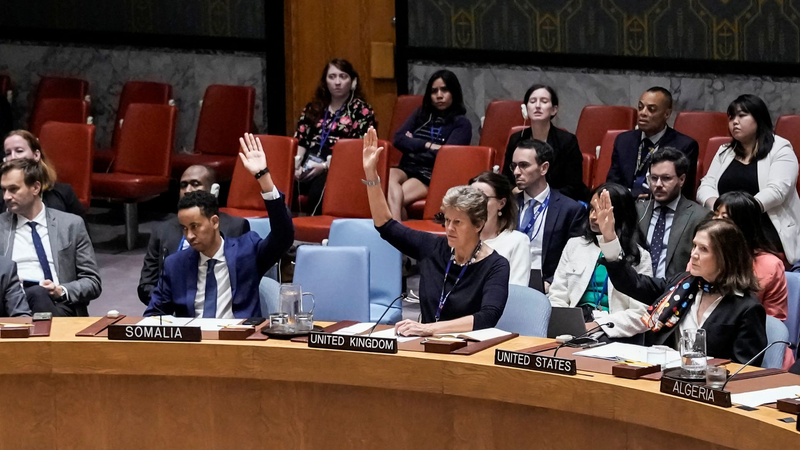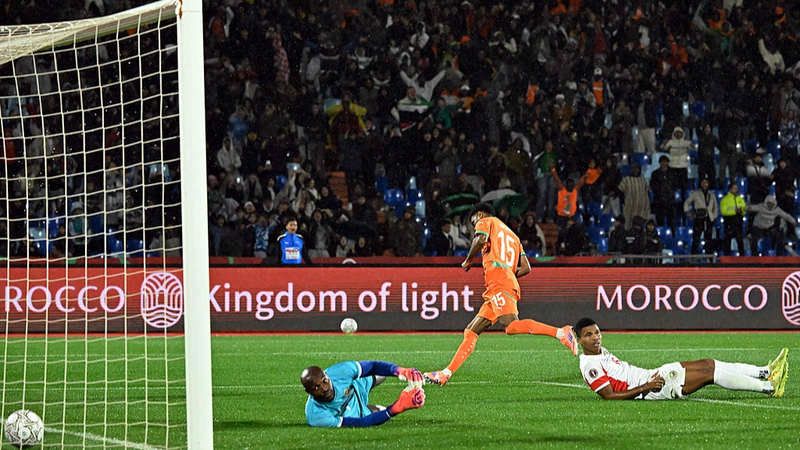In a dramatic UN Security Council session, sanctions on Iran are set to snap back this Saturday after a last-ditch attempt to delay their return failed.
China and Russia led a bid to push back the imposition, but only 4 out of 15 council members supported the draft resolution, falling short of the majority needed to stall the process.
Britain's UN envoy, Barbara Wood, affirmed that the council had met all steps outlined in resolution 2231, clearing the way for U.N. sanctions targeting Iranian proliferation to be restored.
Tehran swiftly responded, warning that it would hold the West responsible for any fallout and hinting at a harsh response that could open the door to wider escalation.
For young global citizens, entrepreneurs, and thought leaders, this marks a key moment in international diplomacy. The snapback mechanism – designed to reinstate restrictions if Tehran breaches its nuclear commitments – is now in motion, testing both diplomatic channels and regional stability.
Data insight: The snapback relies on a technical trigger under resolution 2231, which many see as a blunt instrument that bypasses fresh negotiations. With sanctions looming, business and tech sectors could see ripples in energy prices and supply chains.
As sanctions return, all eyes will be on whether Iran opts for retaliation or renewed dialogue, and what this means for a world already grappling with complex geopolitical divides.
Reference(s):
cgtn.com



